Mind-Boggling Similarities Between Humans and Animals
Humans are pretty unique. We communicate almost exclusively by talking, while other creatures use things like intuition and marking their territory, in addition to sound. That doesn’t mean, however, that there aren’t animals who behave like humans. Here are some primary examples.
Veined octopuses create mobile homes
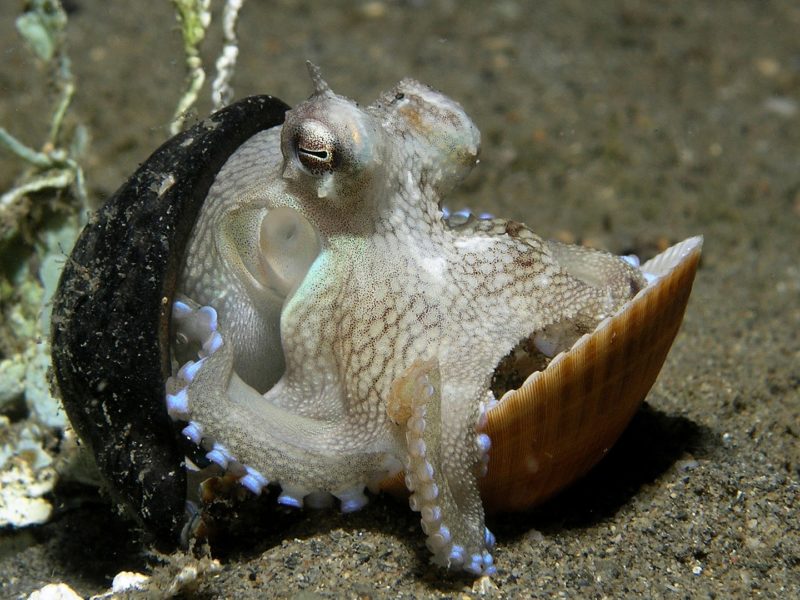
Many humans love to camp and backpack in the outdoors. It’s also common for those who have retired to vacation in mobile homes, trekking across the country without the need for a hotel.
Interestingly, the veined octopus does something similar. The cephalopod builds shelters out of coconut and clam shells. When it’s ready to travel to a new location, the octopus brings the shells along, using its approximately six-inch-long tentacles to move the makeshift homes from place to place.
Pigeons like to gamble
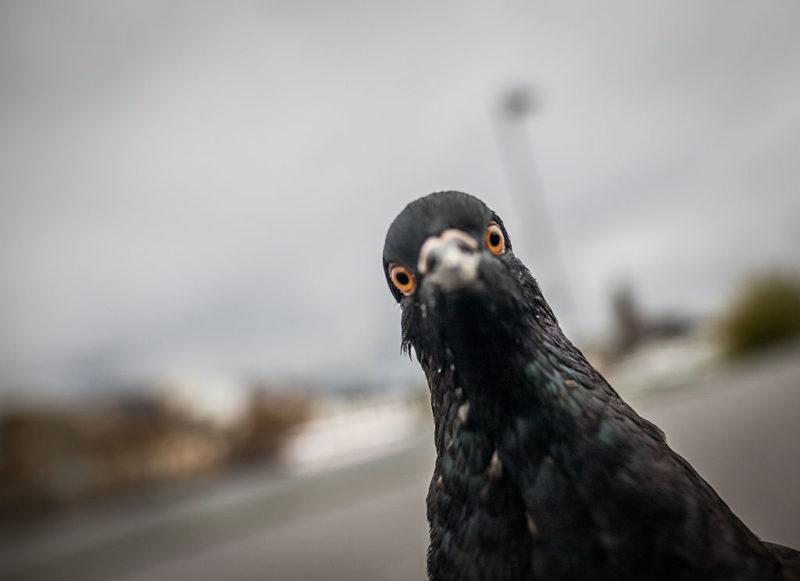
Americans certainly enjoy gambling. In fact, Las Vegas, Nevada draws an estimated 32 million visitors each year.
Like people, pigeons are also game to try their luck. A study conducted in 2010 gave the birds an option to hit two buttons. One always returned a small amount of food, while the other sometimes gave nothing and, at other times, returned a large amount of food. More often than not, the pigeons would hit the chance button.
Gorillas share a similar skeletal structure to humans
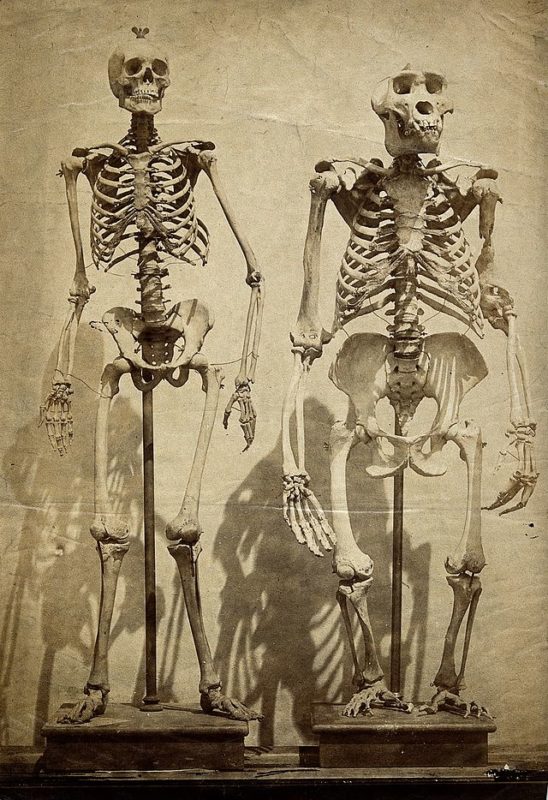
Everyone’s aware that humans and gorillas share more than 96 percent of genes, so it’s no surprise our skeletal structures are similar. The general shape of our skeletons is pretty close, they just differ in size and proportions. It’s easy to see how similar the skeletons are when placed side-by-side.
The obvious differences, however, are in the skull, limbs and feet, which are noticeably larger than that of an average human. A gorilla’s rib cage is also wider, despite having a similar shape, and, unlike us, they have opposable big toes.
Elephants can learn human words
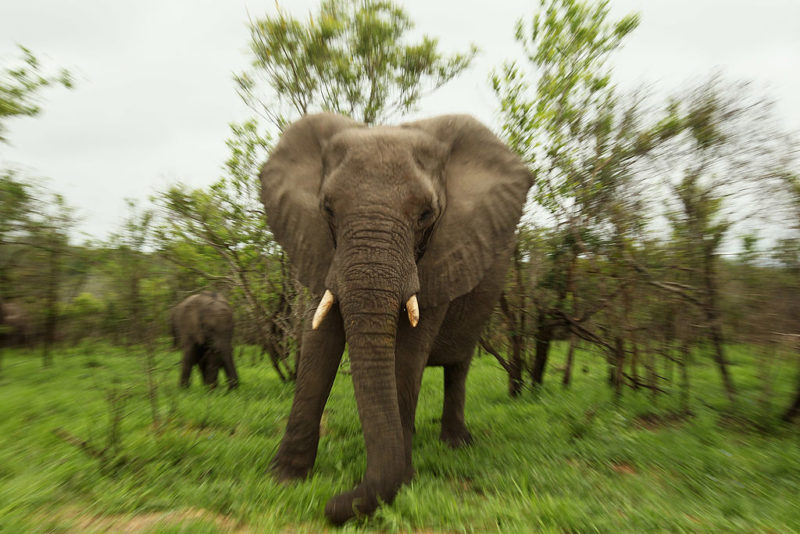
Humans have developed a number of different languages. Animals also communicate through sounds, though it would be difficult for a human to learn them. An elephant in South Korea, however, managed to recreate a number of human words with its trunk and mouth. It replicated the South Korean words for “hello,” “good,” “no,” “sit down” and “lie down.”
Bonobos shake their head when their offspring misbehave
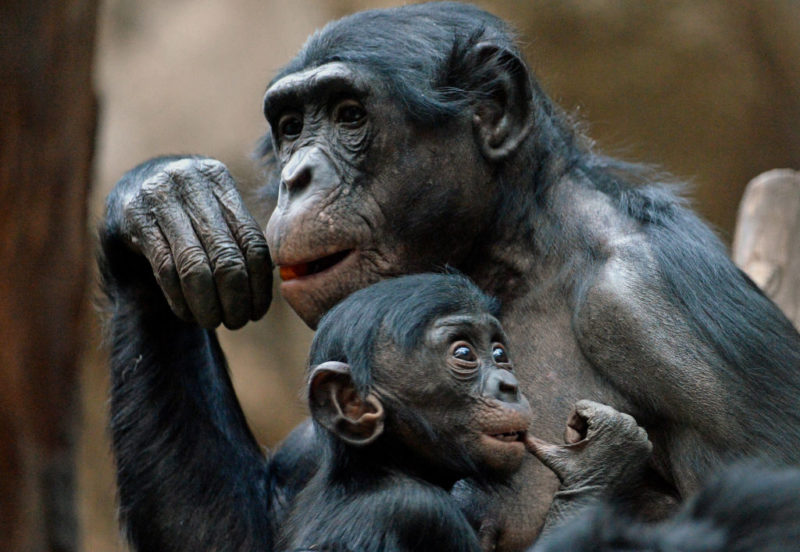
Go to any park in the world and you’ll see mothers reprimanding their children when they do something wrong. Bonobo mothers are known to do the same. At zoos, the primates have been seen shaking their heads at their offspring for playing with their food, instead of eating it. They’ve also shaken their heads in frustration when their children don’t listen.
Katydids and hearing
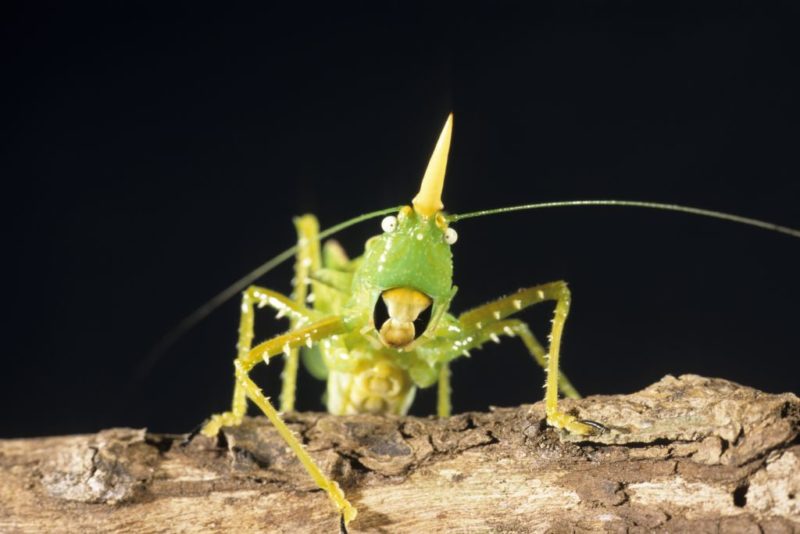
The katydid is less like a human than any other creature on this list. The grasshopper-like insect, however, does share one thing in common with us: a very similar ear structure. The katydid’s ear features “eardrums, lever systems to amplify vibrations, and a fluid-filled vesicle where sensory cells wait to convey information to the nervous system. ”
Mice wince when they’re in pain
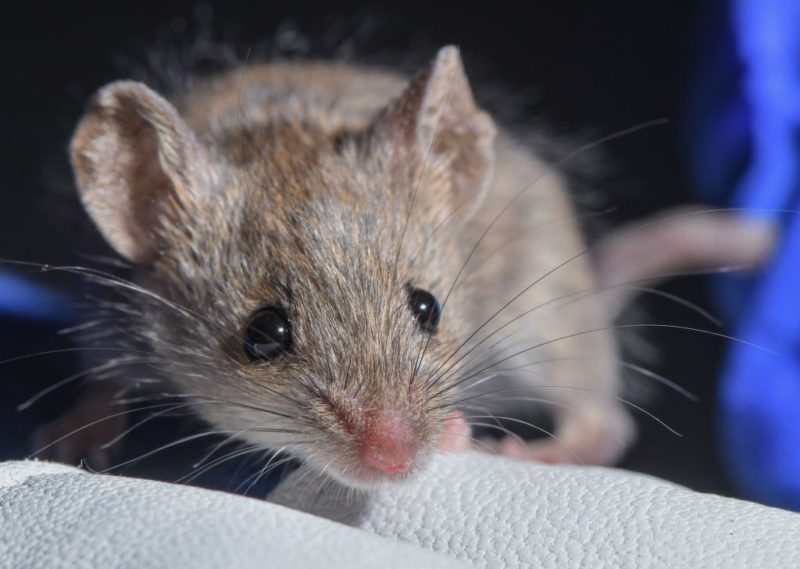
This next similarity is the most heartbreaking. Mice have long been the subject of scientific research, and researchers have noticed that when they the rodents are in pain, they’ll wince, crunching up their faces and closing their eyes. Scientists are now more careful with them, though the original cause for the discovery is troubling.
Dolphins talk in their sleep

Every once in a while, your partner will likely tell you they heard you speaking in your sleep. It’s not a big deal, of course, as you were likely responding to something happening in a dream. Researchers now know that dolphins sometimes do the same thing. In one French marine park, they’ve been heard making sounds while they sleep.
Chimpanzees spend hours playing
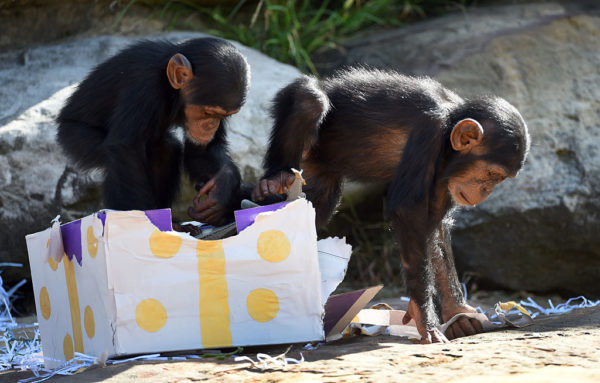
More from us: 10 of the World’s Rarest Animals – You’ll Have to See Them to Believe They Exist!
Many animals move only when they have a purpose, mostly to eat, sleep and hunt. It’s different with chimpanzees.
Like human children, chimpanzees are known to play games for hours on end, and these games change as the primates get older. When they’re younger, chimps are focused on having fun and cooperating with one another. As they get older, the games get more competitive.





